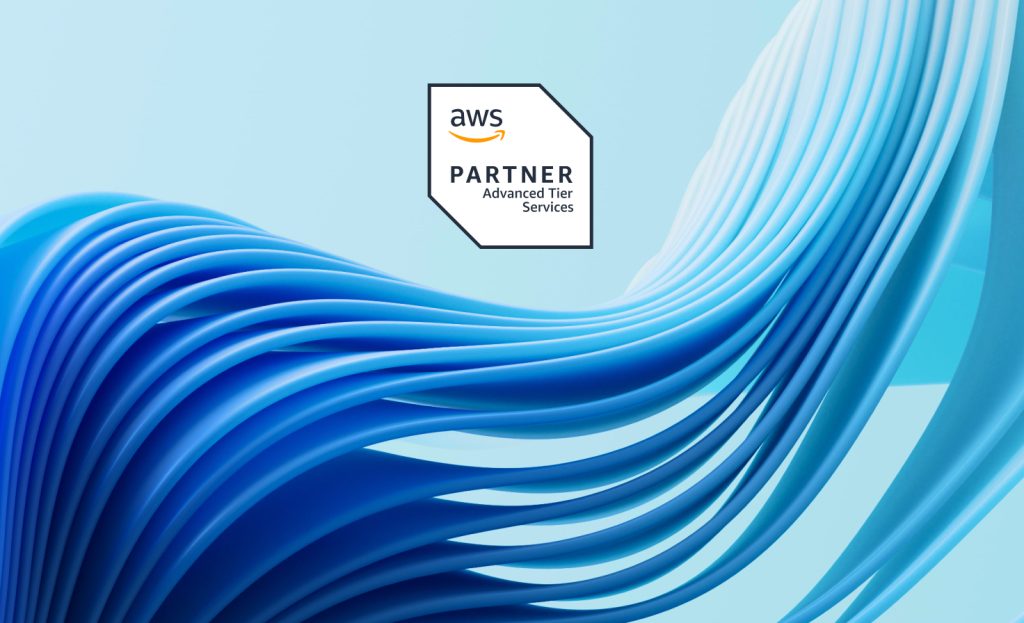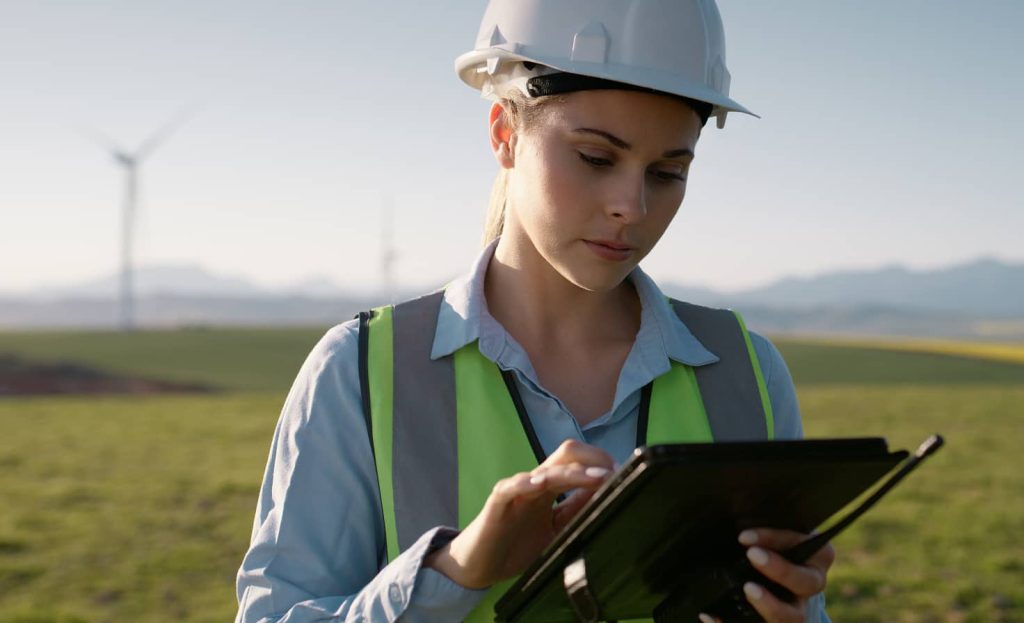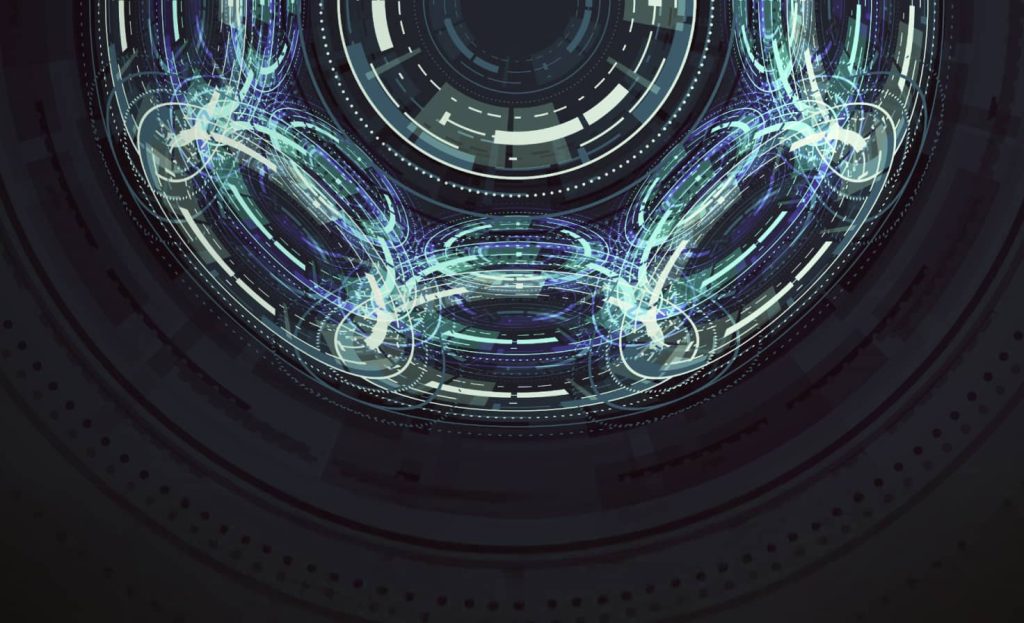
1. What are Digital Twins
You may have heard the term “digital twins” before, but what you probably do not realize is that this decade-old concept is finally ready for use in industry applications. For those who are not familiar with the idea, a digital twin is really just a computer-simulated version of a real-world object that uses real-world data to understand the state of an object now and in the future. That's why data science plays a crucial role in analyzing and interpreting the data that digital twins rely on. Imagine a computer model of a car and testing how that car will change as it ages, for instance.
The purpose of digital twin is to inexpensively test aspects of a real-world object on a digital model. Rather than testing a new material on a rocket in the real world, engineers can use a digital twin to test that material virtually and see what effect it has on rocket safety, performance, etc. As you might imagine, digital twins are particularly important for new product development and for maintenance and repair operations like predicting component failures in large complex systems.
2. How does Digital Twin Benefit Business
The idea of the digital twin is not new – the concept has been used in R&D and academia for years, but what differentiates digital twins of yesterday from those of tomorrow is IoT, or the Internet of Things.
Retail, agriculture, the government sector, media, transportation, and many other industries are all positioned to benefit from the digital twins technology going forward.
IoT is already enabling businesses to build sensors into all kinds of objects across the physical world. As a result, firms in industries from transportation and logistics to healthcare and agriculture are awash in data. All of this data gathered from real-world sources, allows engineers to build better and more accurate digital twins.
3. Where is Technology Taking Digital Twins in the Near Future
Using IoT data with digital twins enables us to gather data in ways that were never possible before such as with drones or directly from failing components in complex systems. This new data gives companies the ability to determine how their products are being used, and how they can be improved.
The improvement in mobile technology and wearables is also a factor in the improvement of digital twins. Today, new wearables allow healthcare professionals to gather data and develop tools crucial to the future of the industry. When combined with healthcare software, these technologies allow for the development of digital twins, helping to foresee and mitigate healthcare issues before they arise.
To build effective digital twins, you need expertise in sensors, mobility, computing, IoT, and other areas, but the payoff is potentially enormous. From bridges and buildings to autonomous vehicles, we need to understand how products are being used in the real world and what challenges and failures those products are most likely to see. Digital twins give us that ability, and as a result, they are likely to be an important technology as the world becomes more connected by IoT.

Related Insights








The breadth of knowledge and understanding that ELEKS has within its walls allows us to leverage that expertise to make superior deliverables for our customers. When you work with ELEKS, you are working with the top 1% of the aptitude and engineering excellence of the whole country.

Right from the start, we really liked ELEKS’ commitment and engagement. They came to us with their best people to try to understand our context, our business idea, and developed the first prototype with us. They were very professional and very customer oriented. I think, without ELEKS it probably would not have been possible to have such a successful product in such a short period of time.

ELEKS has been involved in the development of a number of our consumer-facing websites and mobile applications that allow our customers to easily track their shipments, get the information they need as well as stay in touch with us. We’ve appreciated the level of ELEKS’ expertise, responsiveness and attention to details.

